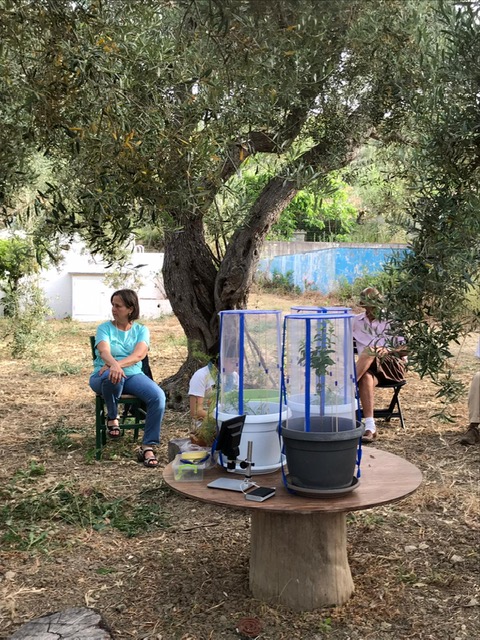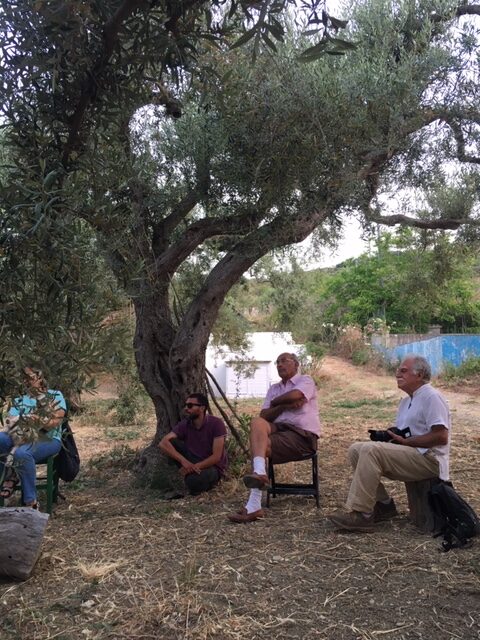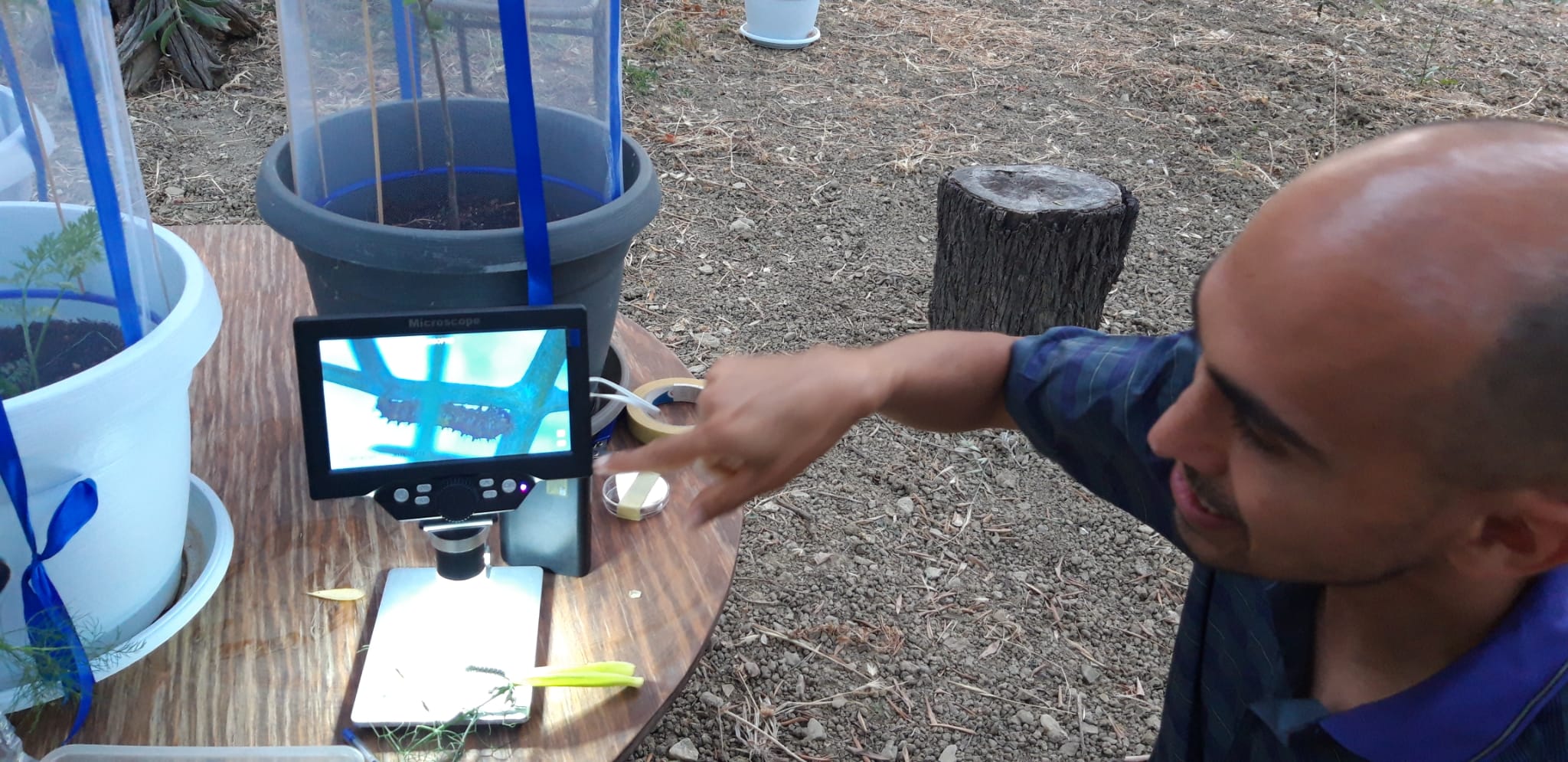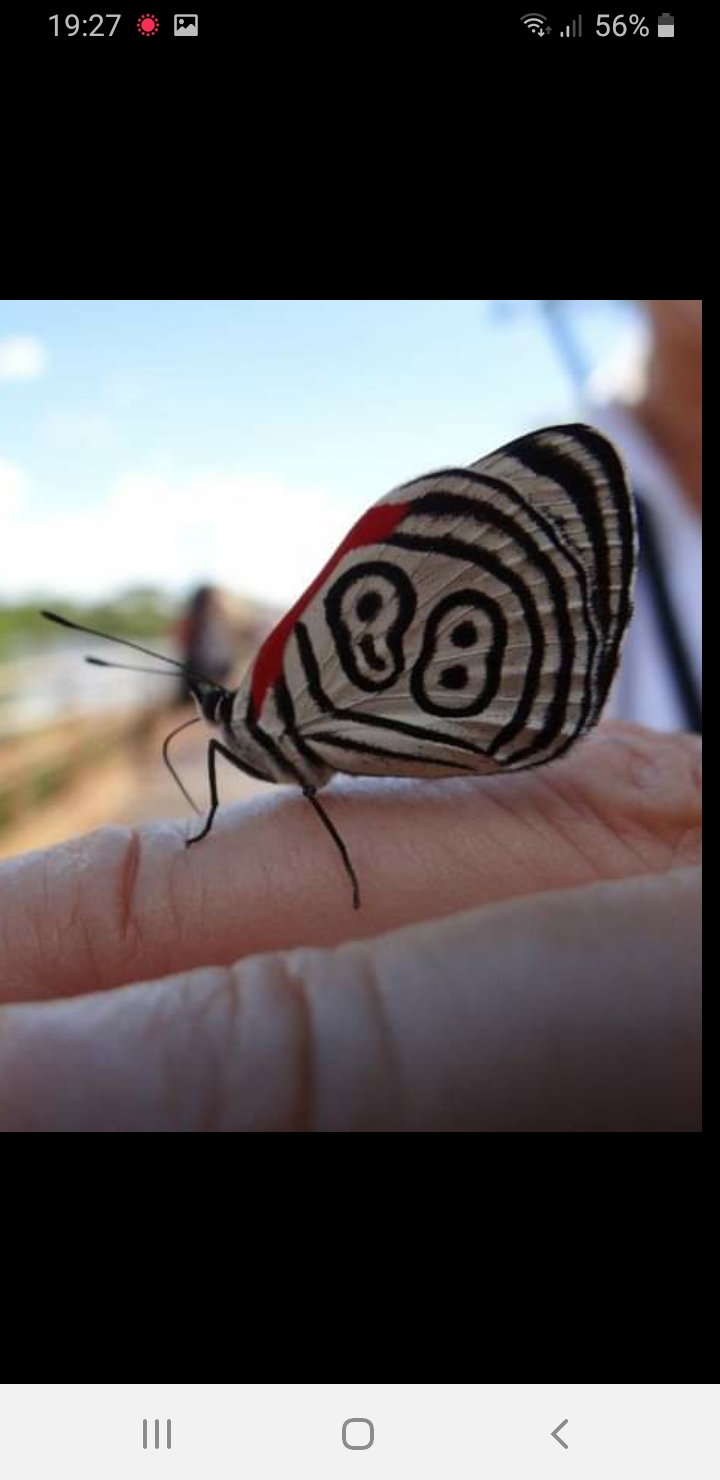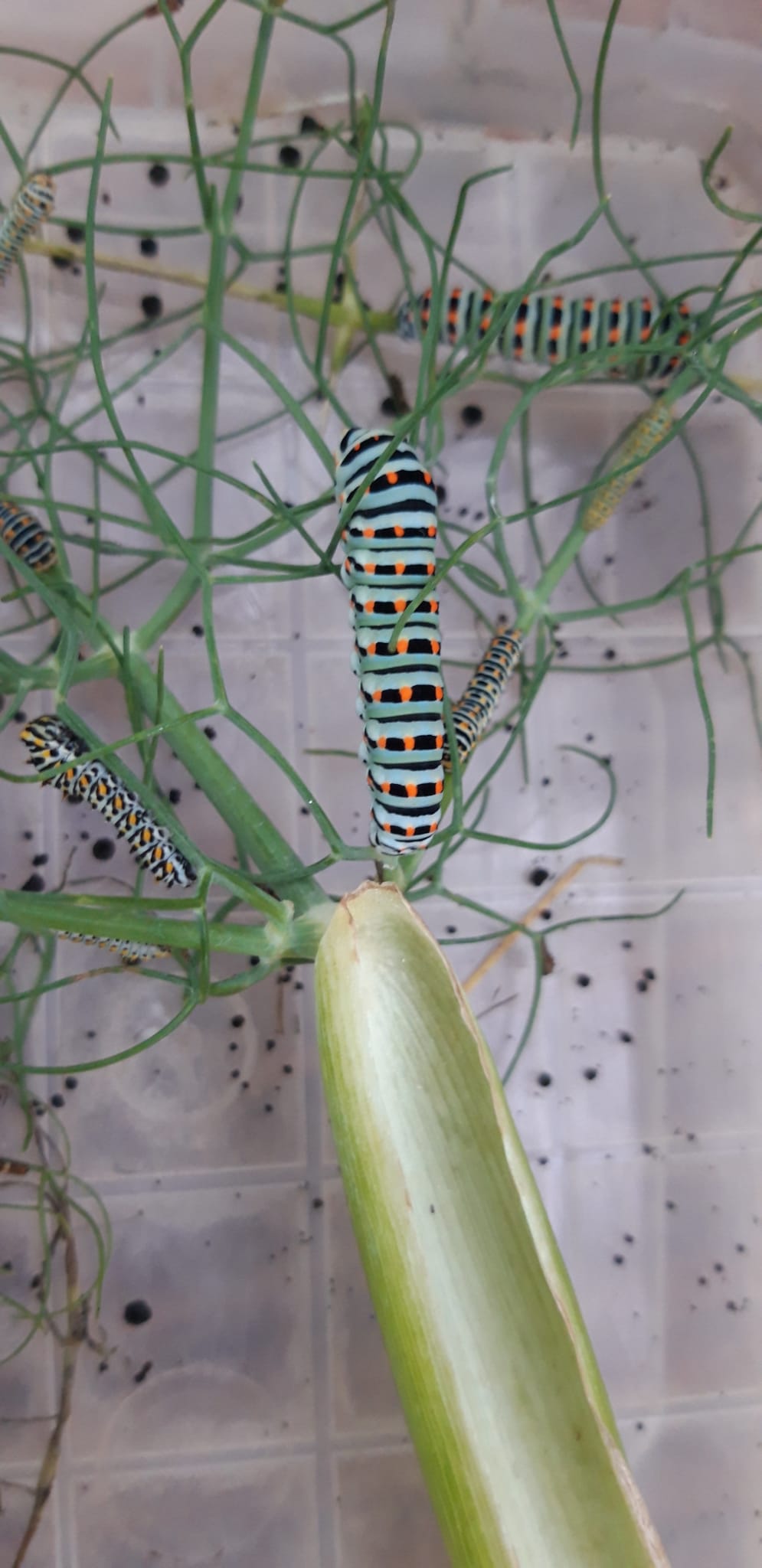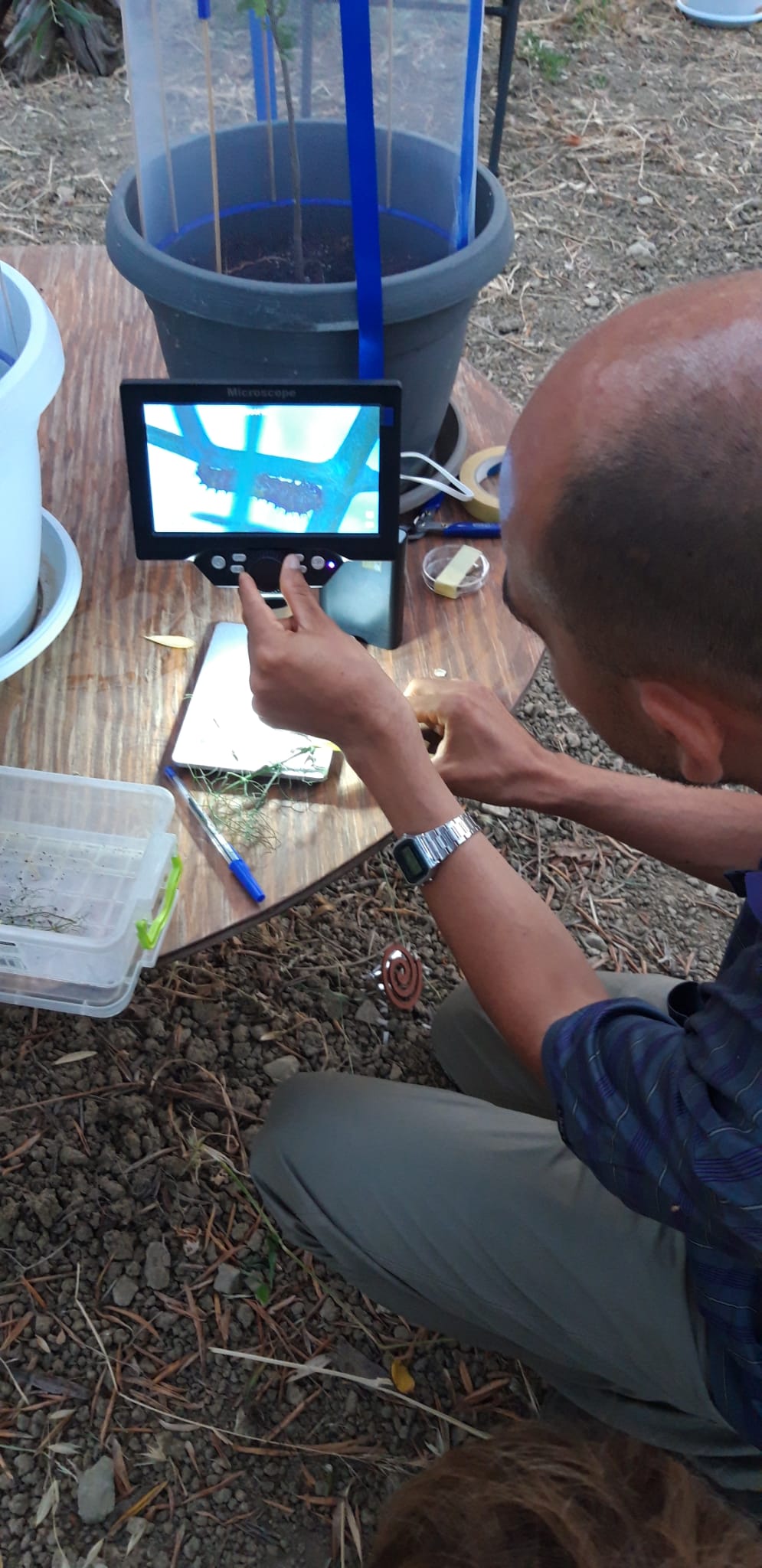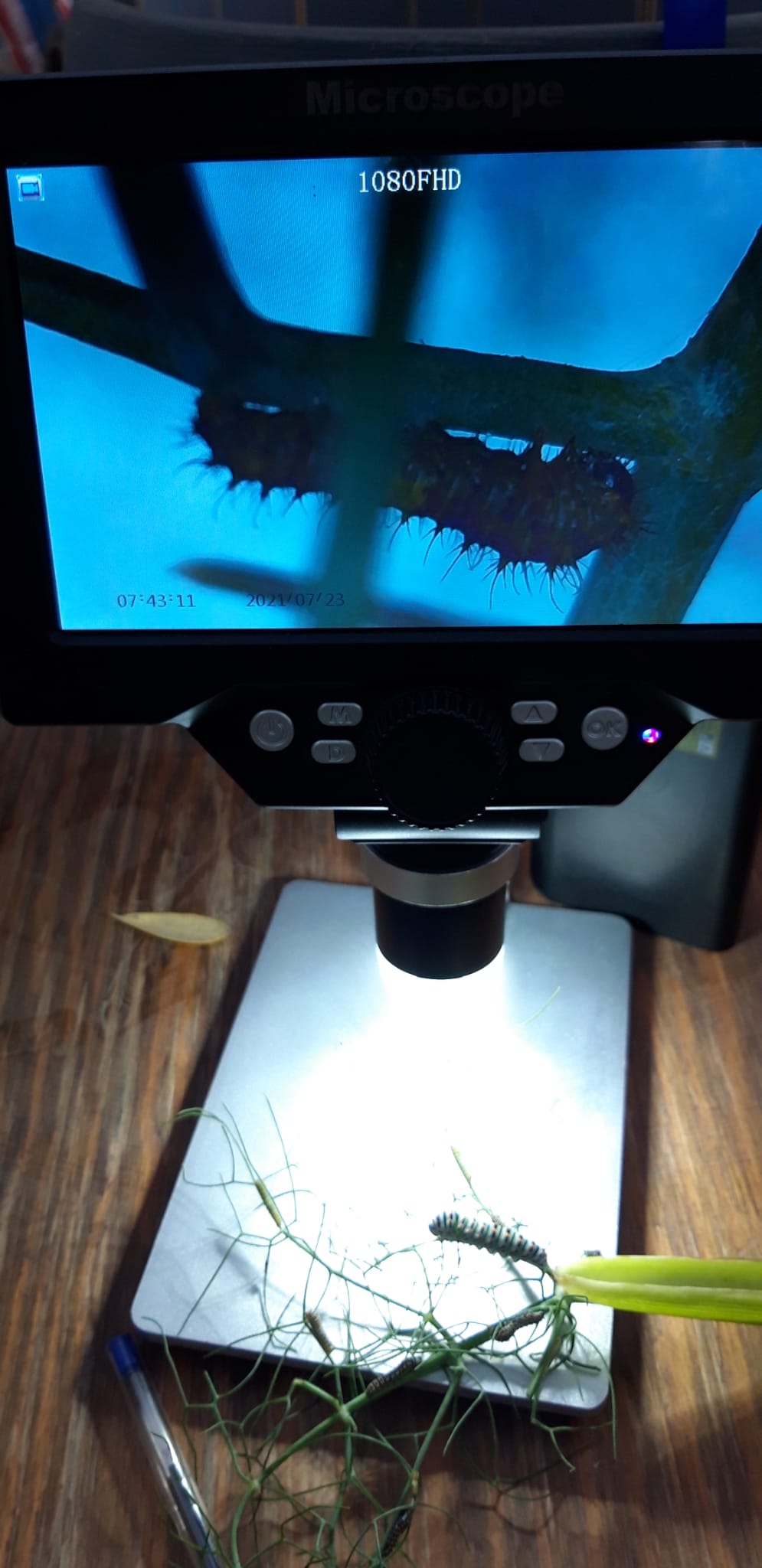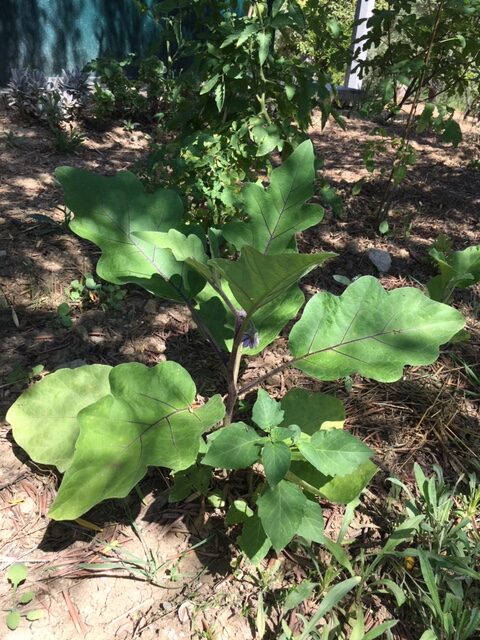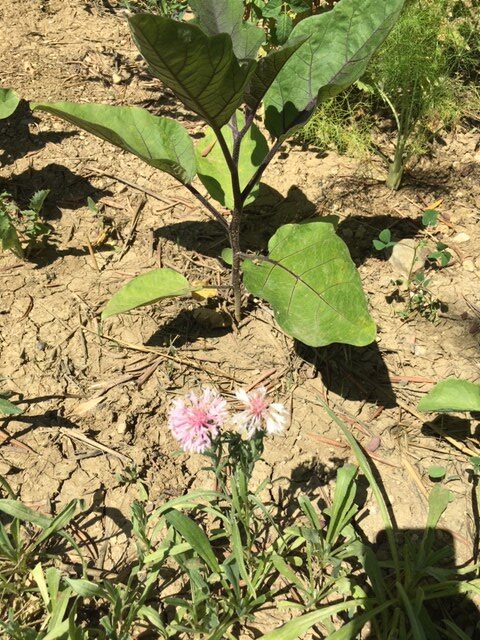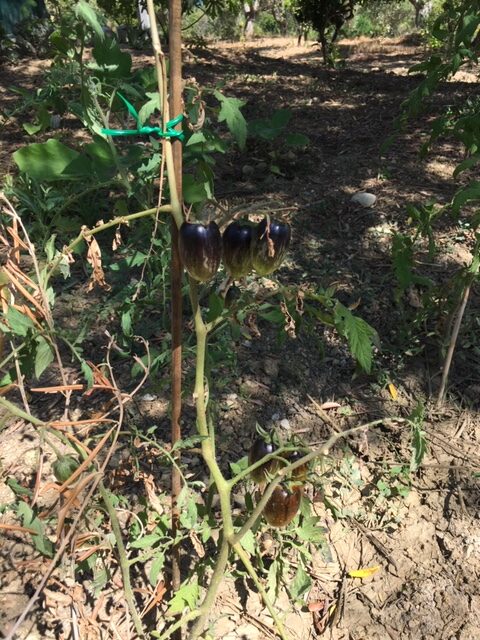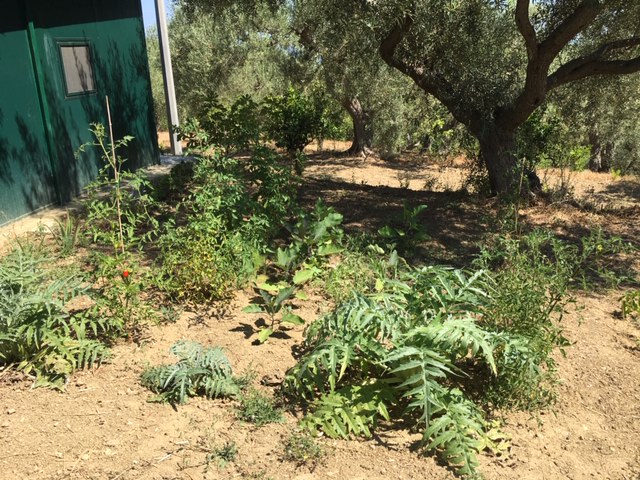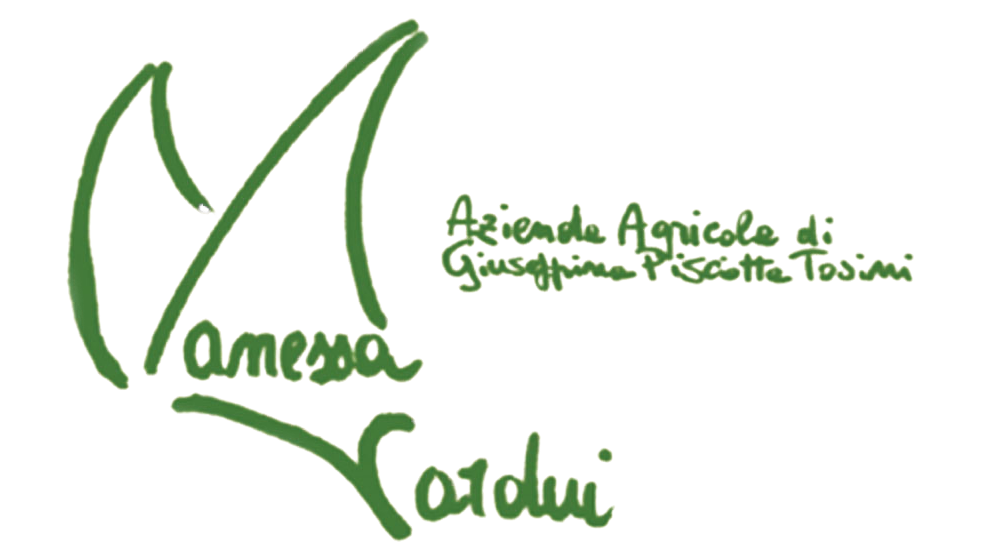Sabato 19 giugno 2021
Sabato 19 giugno 2021 alle 18.45 presso l’azienda agricola Vanessa Cardui, sotto il grande ulivo, abbiamo celebrato il miracolo delle tante metamorfosi che popolano la terra e il cielo, insieme al collettivo Aterraterra, all’amante delle farfalle Salvatore Varco e all’attrice Patrizia D’Antona. Le metamorfosi raccontate sono state tante, in nome della biodiversità, dai semi ai frutti, dal bruco alla farfalla, dal divino all’umano nei miti greci.
L’orto della biodiversità
di Collettivo Aterraterra
L’orto della biodiversità è un progetto di coltivazione che mette al centro le piante e le relazioni che intercorrono tra esse e altri esseri viventi e non. Vediamo le nostre forme di agricoltura come disseminazione di piccoli ecosistemi dove l’umano, consapevole della sua posizione antropocentrica, tenta di entrare in relazione con la biodiversità naturale nel modo meno gerarchico possibile. Ciò comporta un’osservazione attenta e un rispetto delle piante e di tutte le altre forme viventi e non-viventi già presenti nello spazio che diventano parte di una pratica agricola veramente ecosostenibile e sempre meno human centered.
Durante la residenza nell’azienda agricola Vanessa Cardui abbiamo creato un piccolo spazio insieme alle varie forme di vita che abitano il terreno, creando un micro ecosistema di simbiosi e relazioni. Per sostenere la biodiversità abbiamo inserito, nell’ecosistema di relazioni di partenza, ortaggi antichi che rischiano di scomparire a causa dell’uso sempre più massivo di varietà che si trovano in commercio e faremo crescere un piccolo orto-ecosistema come complesso di relazioni in divenire. Questa fase iniziale è diventata il primo passo verso la riproduzione di semi antichi da distribuire in futuro nel territorio. Durante la residenza abbiamo anche iniziato a scrivere le prime note di una sorta di futuro manifesto della filosofia ecologica e relazionale di “Aterraterra”.
Le metamorfosi della farfalla Papilio Macaone
di Salvatore Varco
La farfalla del Macaone, presente in tutta Europa, vola nell’area mediterranea da febbraio a ottobre, fino a quando le temperature ambientali si mantengono miti e comunque superiori ai 20°C. Gli adulti volano di fiore in fiore alla ricerca di nettare che darà le energie necessarie al loro splendido volo, contribuendo così all’importante opera di impollinazione delle piante. La femmina deposita le uova sulle foglie delle sue piante nutrici affinchè il bruco, appena nato, possa trovare subito il suo cibo preferito: aneto, anice, carota comune e selvatica, cicuta, ferla, finocchio comune e selvatico, ecc… tutte piante della famiglia delle ombrellifere. Le uova piccole quanto un granello di sabbia, inizialmente di color giallo, col passare del tempo vireranno via via sul nero e nel giro di 5-7 giorni nascerà un piccolissimo bruco anch’esso di color nero e piccolo quanto la punta di una matita. Poiché i bruchi sono privi di scheletro interno, per crescere andranno incontro a diverse mute durante le quali cambieranno di colore, aspetto e dimensione: da essere più piccoli di un millimetro e completamente neri, crescendo muteranno al bianco-nero, poi al bianco-arancione-nero, per poi trasformarsi in bruchi giallo-verde-arancioni, fino alla muta finale in cui saranno grandi oltre 5 cm di colore verde intenso con puntine arancioni.
La crescita del bruco durerà circa 4 settimane, dopodiché smetterà di alimentarsi e andrà alla ricerca di un luogo tranquillo in cui trasformarsi in una crisalide che potrà essere di colore giallo o verde, per meglio mimetizzarsi con l’ambiente circostante e in questo stato resterà in attesa della sua metamorfosi finale: la farfalla (o imago). Questa è la fase più delicata perché la crisalide, priva di zampe o ali, incapace di muoversi e fuggire, sorretta da un sottilissimo filo di seta, dovrà restare immobile alla mercè di predatori, parassiti, tempeste, alluvioni, venti, incendi, altro… per un periodo di tempo che potrà variare da una decina di giorni (primavera/autunno) a parecchie settimane o mesi (estate/inverno) prima di potere trasformarsi finalmente in una farfalla. Senza dubbio, questa è anche una delle fasi più enigmatiche e magiche del regno animale perché nessuno sa cosa ancora succede dentro quella crisalide; è un mistero che affascina l’umanità da millenni: l’attesa della metamorfosi finale della crisalide, ci rivela in tutto il suo splendore l’essenza stessa della delicata bellezza della natura, sopra le ali del magnifico volo di una farfalla.
Coltivare la memoria
di Patrizia d’Antona
La metamorfosi del bruco, seppur meravigliosa, rappresenta una rozza analogia se paragonata al potere dell’essere umano di elevarsi ad una natura superiore. Ma l’uomo moderno, condizionato a soddisfare livelli sempre più alti di bisogni materiali, ha perduto il suo istinto sovrabiologico, non ha più interesse a questo processo di elevazione, perché è scomparsa in lui la memoria della sua origine divina! Ma il processo di evoluzione è inevitabile per gli esseri umani: è solo una questione di tempo! Anche ai più barbari e feroci competerà prima o poi l’umanità… si costituirà infine una comunità di esseri viventi la cui missione sulla Terra sarà esclusivamente quella di “coltivare” l’amore.
Aterraterra + Salvatore Varco + Patrizia d’Antona
per Azienda Agricola Vanessa Cardui,
Comune di Collesano (PA)
19 giugno 2021
